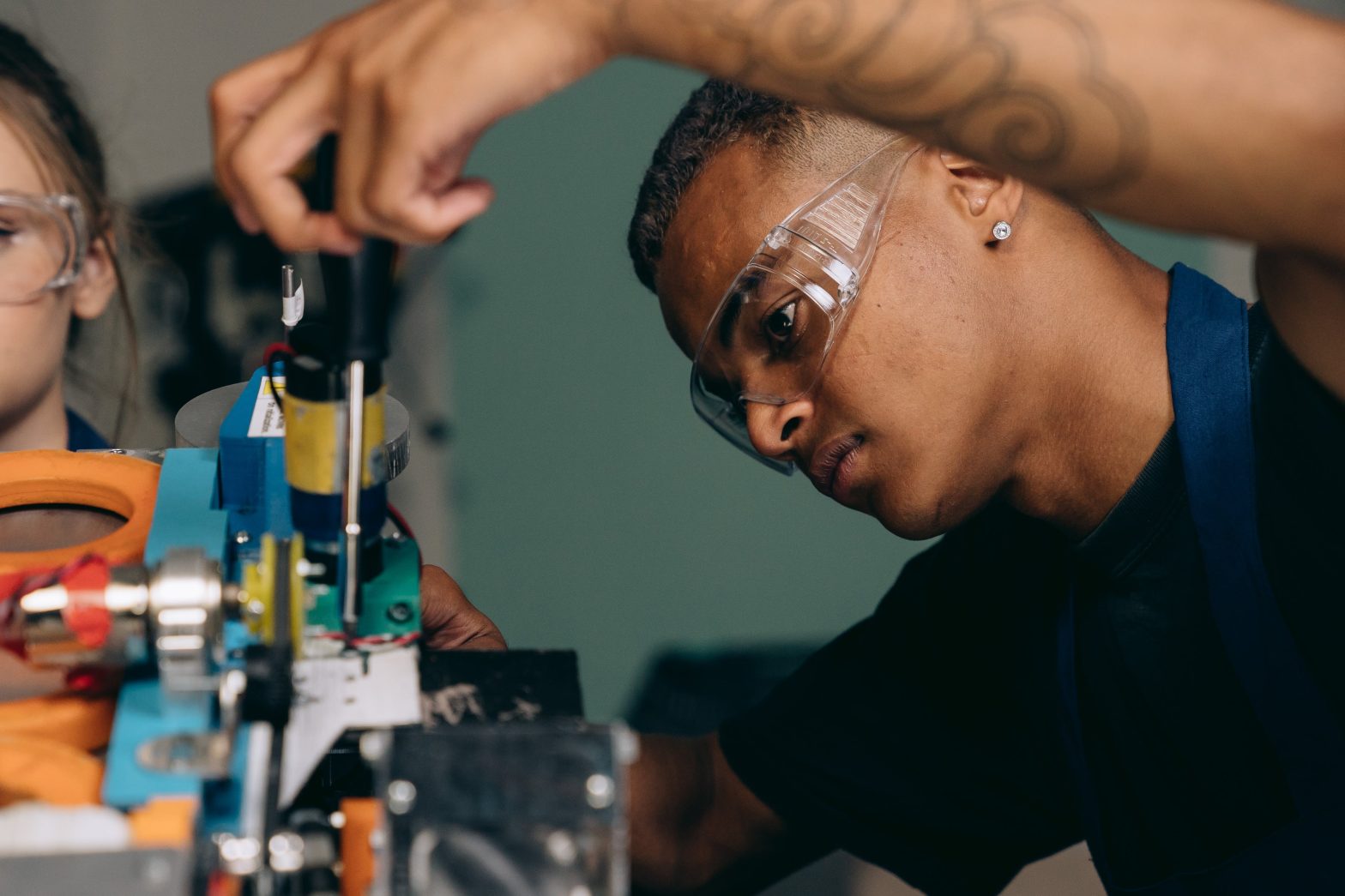
(Photo/Pexels.com)
The Indiana Citizen
December 19, 2023
Indiana has changed its approach to economic development, but the key to the state’s success in attracting and retaining businesses remains the same – having a highly skilled workforce.
Ann Lathrop, Indiana Economic Development Corp. chief strategy officer, said that for many years, the IEDC looked to grow the state’s gross domestic product by focusing on the number of jobs that came with each company arrival or expansion. But with more job openings than workers, the agency has shifted its focus in recent years to the economy of the future, looking at where the jobs will be coming from and, most importantly, how much those jobs will pay.
“When you have such a low unemployment rate, you can create 50,000 jobs but if we don’t have the people to fill them, that’s not really a great metric,” Lathrop said. “So we’ve been really focused (on jobs that pay) above the county average wage, above the state average wage, above the U.S. average wage of what we’re looking at.”
Currently, Indiana’s average wage is lagging the rest of the country, according to the February national employment report by ADP Research Institute in collaboration with Stanford Digital Economy Lab. The report found the median annual salary in Indiana is $55,500, below the national average of $57,600.
Lathrop spoke during a panel discussion on economic development during Dentons Legislative Conference Dec. 13 in Indianapolis. Joining her were state Sen. Kyle Walker, R-Lawrence, and state Rep. Chris Jeter, R-Fishers, along with Christopher Day, CEO of Elevate Ventures, a venture capital fund based in Indianapolis.
Joe Champion, partner at Dentons, moderated the discussion.
They discussed the benefits Indiana has realized through efforts to become more business-friendly and seek new industries and big deals. Among the successes the panel touted was Samsung SDI’s decision to locate its three electric vehicle battery plants in Indiana; the LEAP initiative in Boone County which includes Eli Lilly, investing $3.7 billion in a new manufacturing facility there; and Skywater Technology’s plan to invest $1.8 billion in a semiconductor research-and-development facility on the Purdue University campus in the Discovery Park District.
Day boldly predicted that Indiana could become “the innovation capital of the world.”
The venture capitalist pointed to the coming “productivity boom” fueled by technology and data, and the belief of global economists that the epicenter of this transformation will occur in the middle quarter of the United States, an area that includes Indiana. The Midwest is poised to become the hub of this upheaval because of the proximity of the industries to one another.
Day sees Indiana as scoring high on “seven core ingredients” – infrastructure, talent, mission-critical industries, technology, lifestyle, cost of living and regulatory environment – that will be needed to become the leader of the new boom.
“I believe we are uniquely positioned because we do work collaboratively with all different stakeholders,” Day said. “We have the opportunity to become the innovation capital of the world, the most sought after place to come and live, work and play, and start your business, expand your business, grow your business.”
Potential headwinds
The Indiana Chamber of Commerce, likewise, sees strength in the state’s economic engine but noted workforce issues that could slow the progress.
In its “Indiana Prosperity 2035: A Vision for Economic Acceleration,” the chamber warned the “dramatic advancement of new technologies” will not only force Indiana enterprises to invest in technological upgrades but also will require “major improvements” in the skills of Hoosier workers. Without the development of skilled labor to meet the demands of automation, the chamber worried Indiana would “risk sliding into the new Rust Belt.”
A December report card issued by the chamber found reason for continued concern.
Although Indiana’s ranking for the percentage of Hoosiers with at least an associate degree or high-quality credential improved from 37th in the nation to 22nd, the science and technology degree conferred by Indiana’s universities and colleges slipped from 38% in 2017 to 36% in 2021.
Also, Indiana’s third-in-the-country ranking for the portion of its workforce employed in the “knowledge-and-technology-intensive industry” appeared to be in danger. Just over 11% of Hoosiers have jobs in that sector, which includes pharmaceuticals and software development, but the current data suggests the employment growth in these industries is slowing down in Indiana, compared to other states.
Both Walker and Jeter said workforce development and readiness is a “constant sort of drumbeat” they are hearing from employers in their districts. They both pointed to education as integral to improving workers’ skills, but they looked beyond the traditional classroom model and touted apprenticeship programs and reimagining the K-12 education system so that it “churns out” workers “for these high-paying jobs.”
Speaking after the panel discussion, Day emphasized the role of education to ensure Hoosiers are not left behind as the economy transforms. He said from kindergarten onward, students must be taught that careers in the technology sector are not only for mathematicians. All interests and skills are required to fill the variety of jobs from customer service and sales to product development.
Day echoed his co-panelists in highlighting the connection between education and economic development. With the talent in place, more companies will look to Indiana to start or expand their businesses, which will lead to more career opportunities for Hoosiers.
“And these jobs are high-paying jobs, well above the national average,” Day said. “So it all leads to a better lifestyle for our citizens.”
Dwight Adams, a freelance editor and writer based in Indianapolis, edited this article. He is a former content editor, copy editor and digital producer at The Indianapolis Star and IndyStar.com, and worked as a planner for other newspapers, including the Louisville Courier Journal.